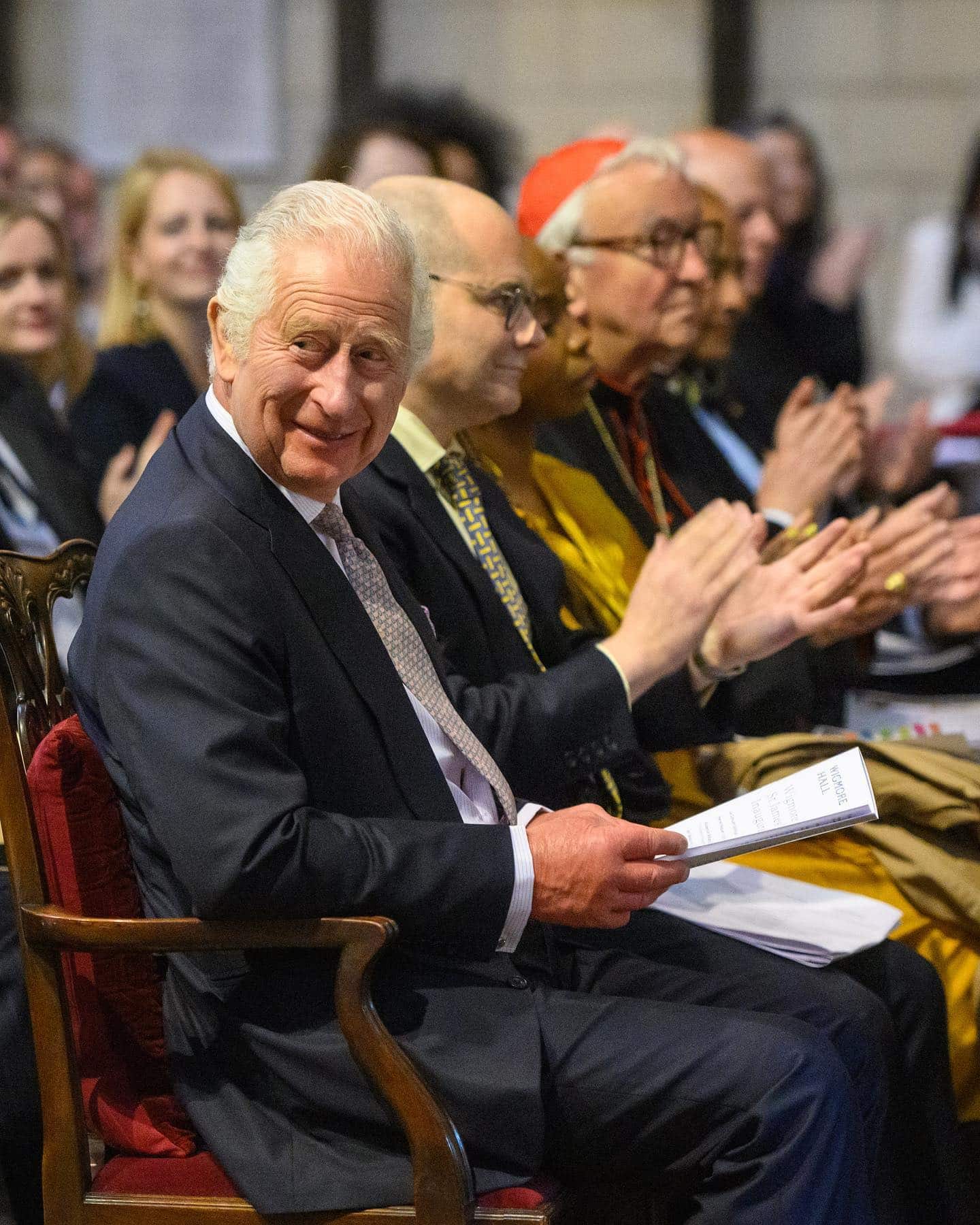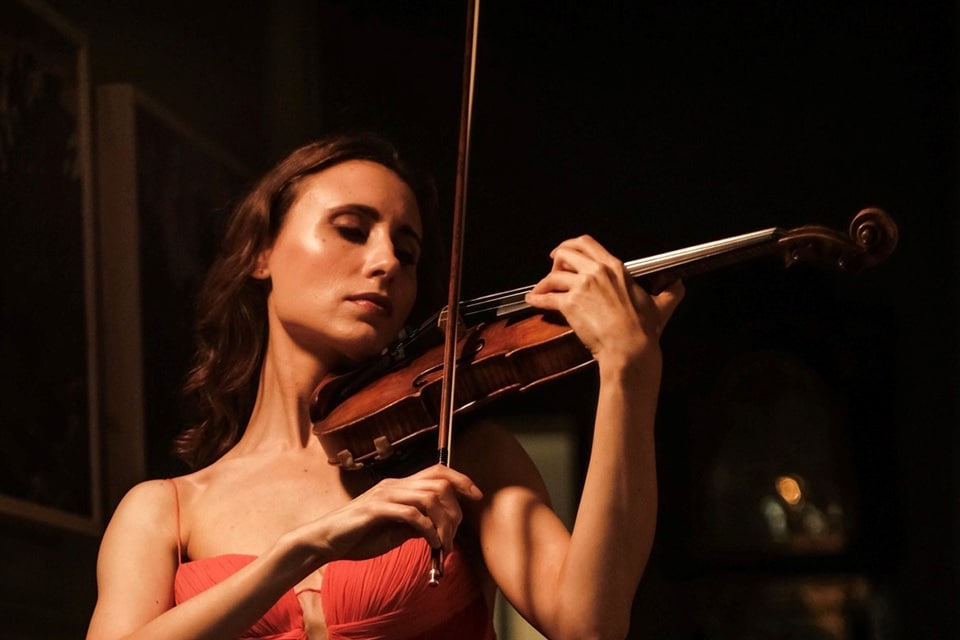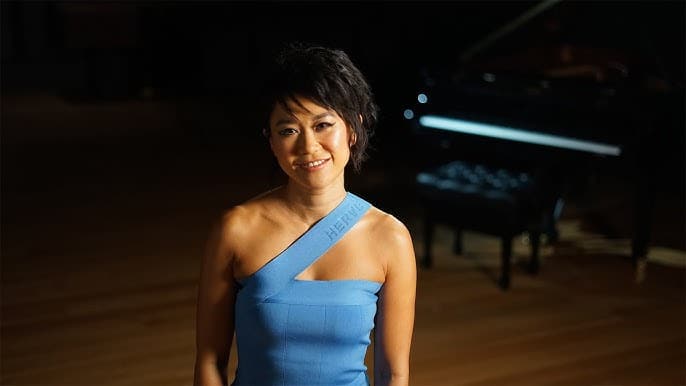Kurt Weill comes out of the dark
mainWe’re excited by reports of a rare upcoming production of Weill’s last opera, Lady in the Dark. It opens May 17 in Mainz, a farewell show by outgoing director Matthias Fontheim.
It opens with the editor of a fashion magazine on a psychoanalyst’s couch.
What’s not to love?

Kurt Weill, NY, 1946 (c) Stone
Staatstheaters Mainz Premiere 17. May 2014, 19.30. Also: 22.May, 3, 13, 15, 19, 24. June, 2, 5 July.





In what sense is Lady In The Dark an opera?
You’re right. It’s a Broadway musical play with three lengthy musical segments. If anything, Street Scene is far closer to opera and is much later. Likewise, Lost in the Stars.
It’s a musical and it was done at the NT in the nineties. Not an opera at all; it’s far too enjoyable.
It’s not as strange to call Lady in the Dark an opera as you might think. Weill himself described the musical (dream) sequences in Lady in the Dark as “little one-act operas” and saw the show as a stepping-stone on the path to the “Broadway opera” Street Scene. True, Lady is too dialogue-heavy to qualify as an opera by most people’s standards, but the musical sequences are mostly through-sung and have an operatic (or at least operetta) flavor.
As Brian points out, even if you regard Lady as an opera, it could hardly be considered Weill’s last. Two works with a stronger claim to operahood, Street Scene (1947) and Lost in the Stars (1949), both were composed later.
Danny Kay made his ‘debut’ in this show, sung ‘The Russians’